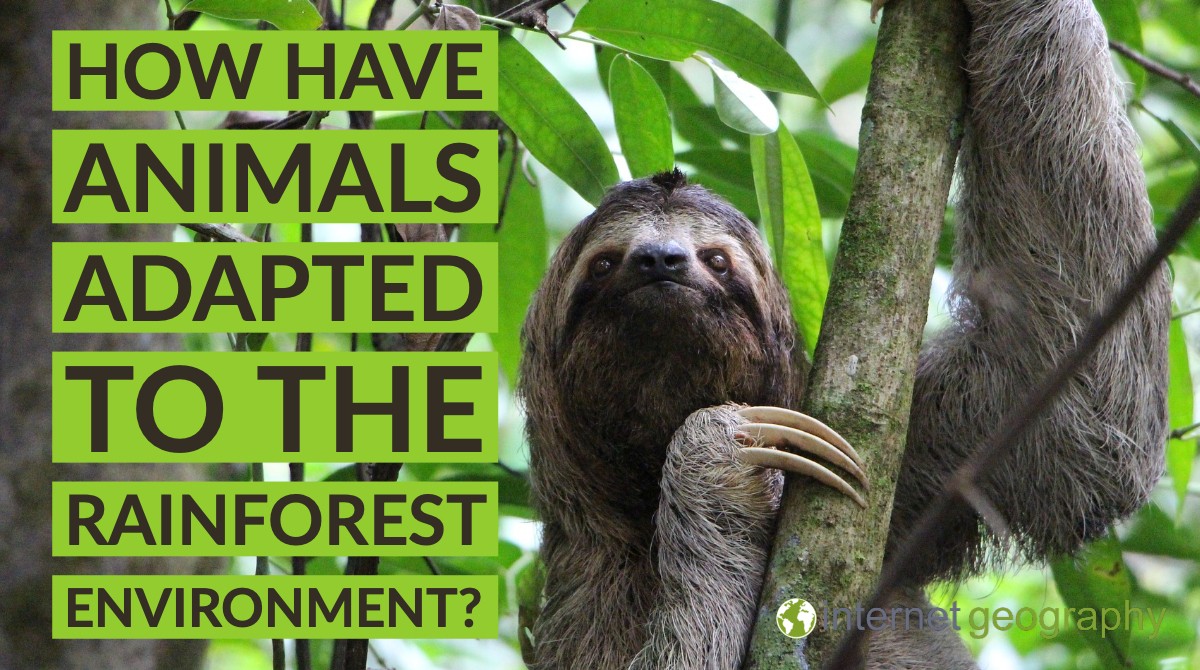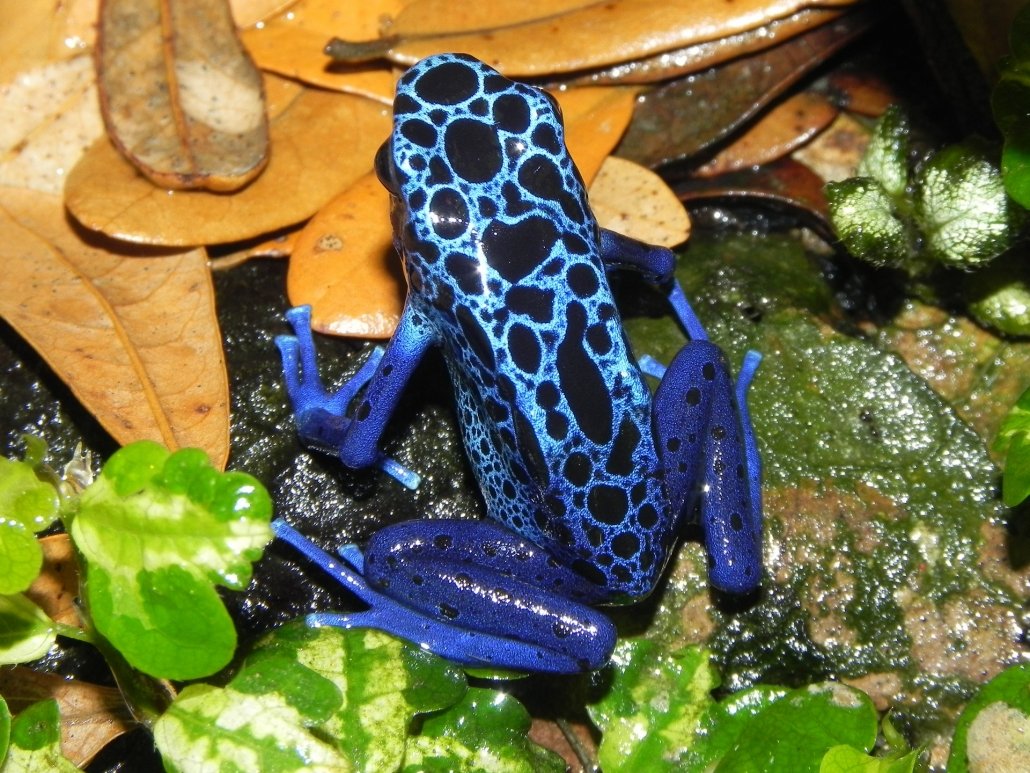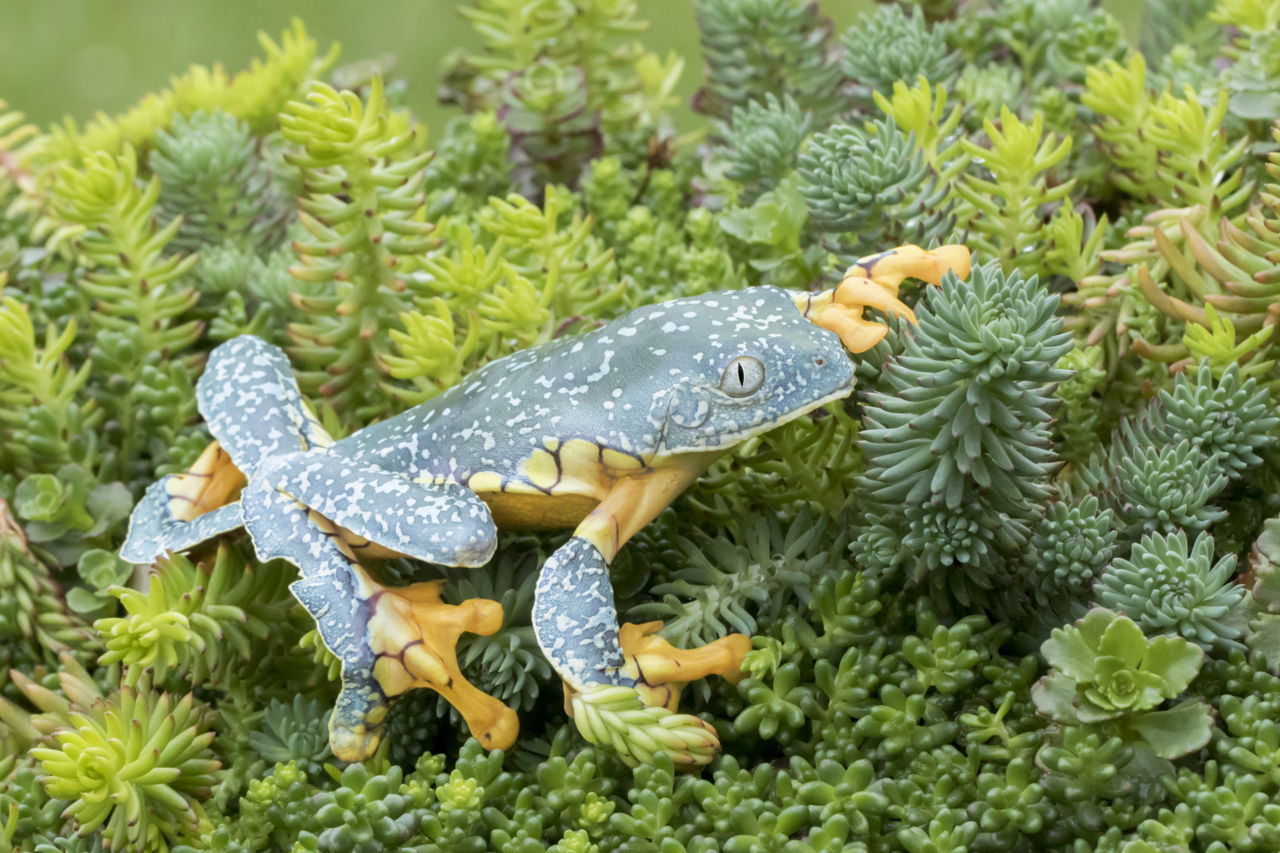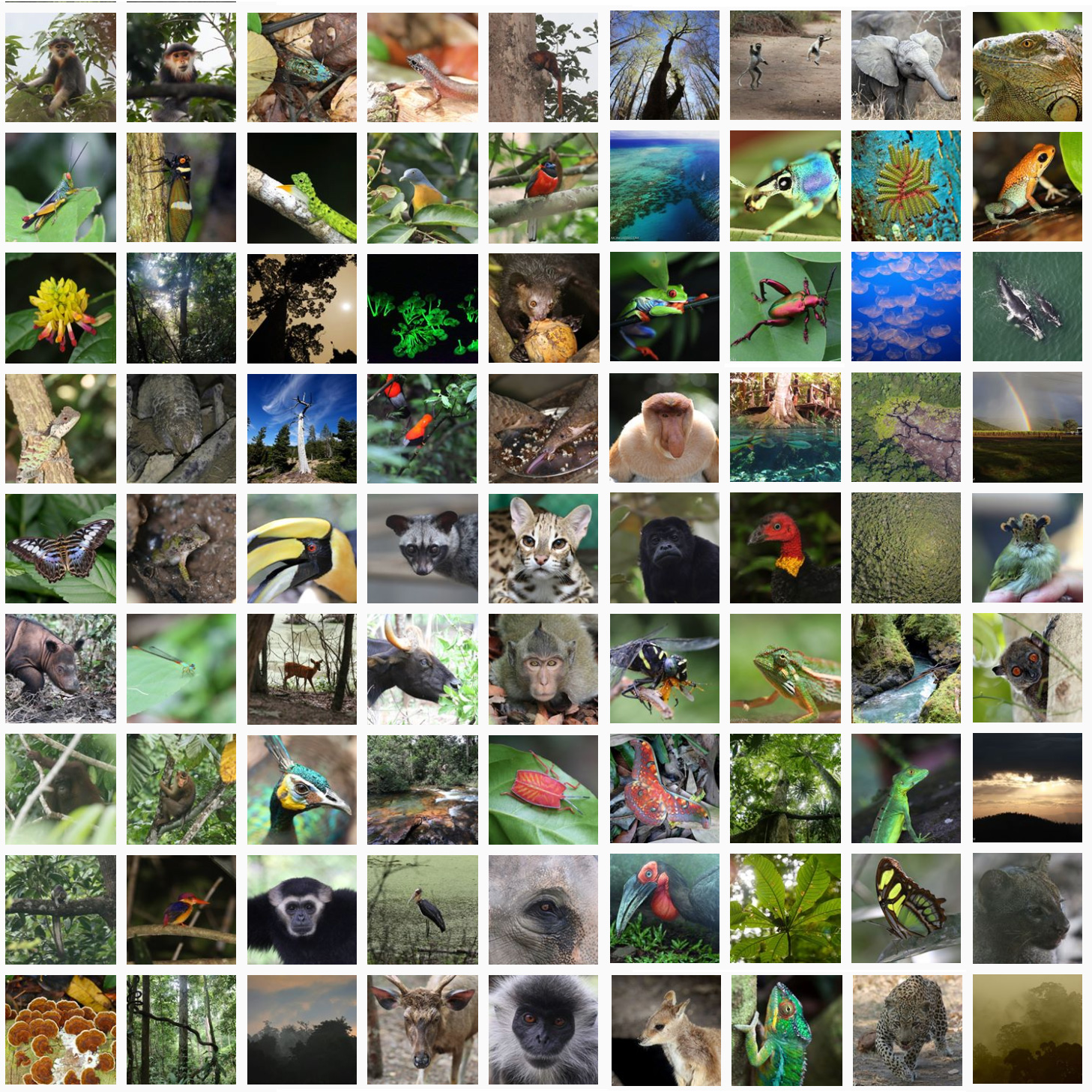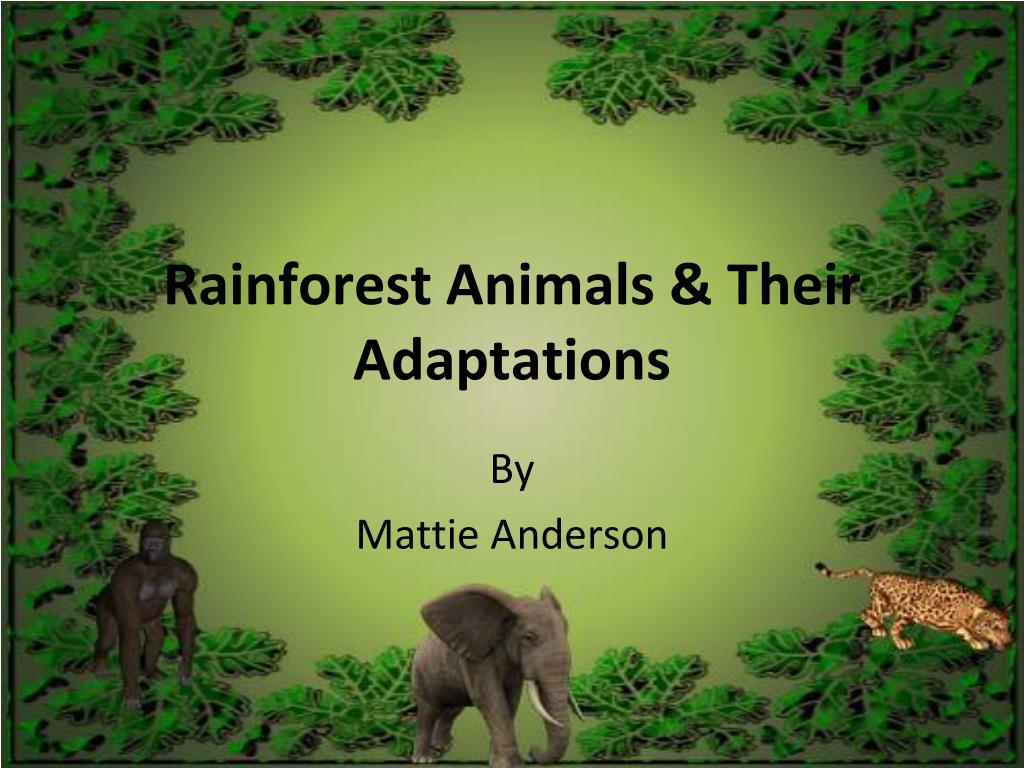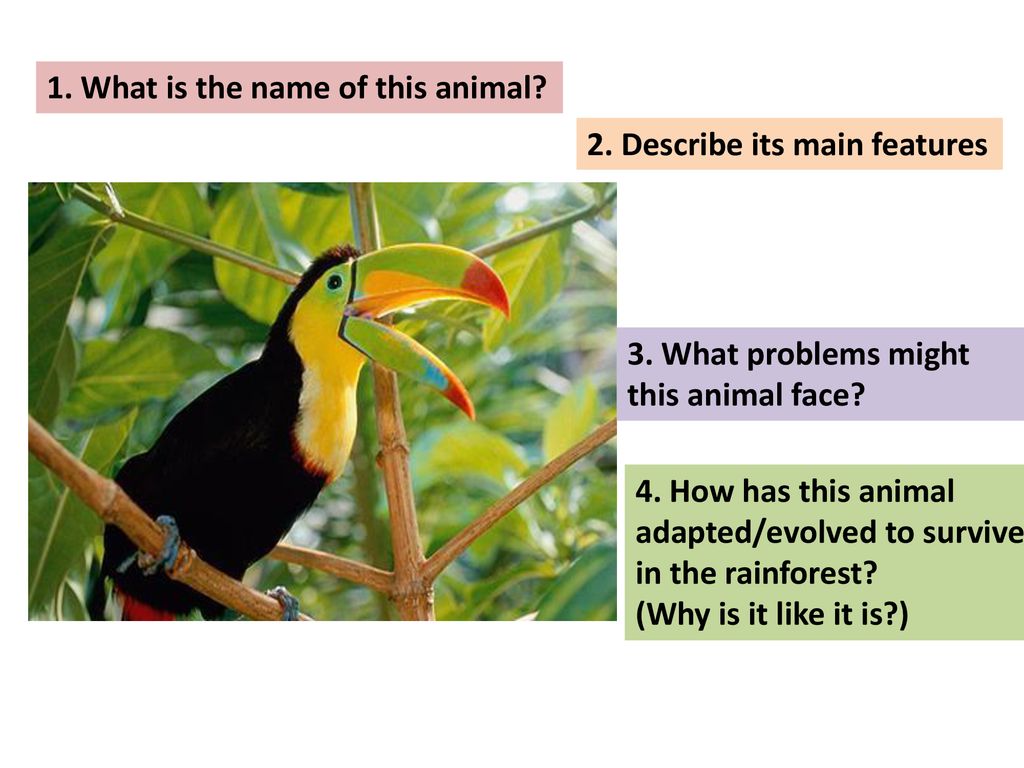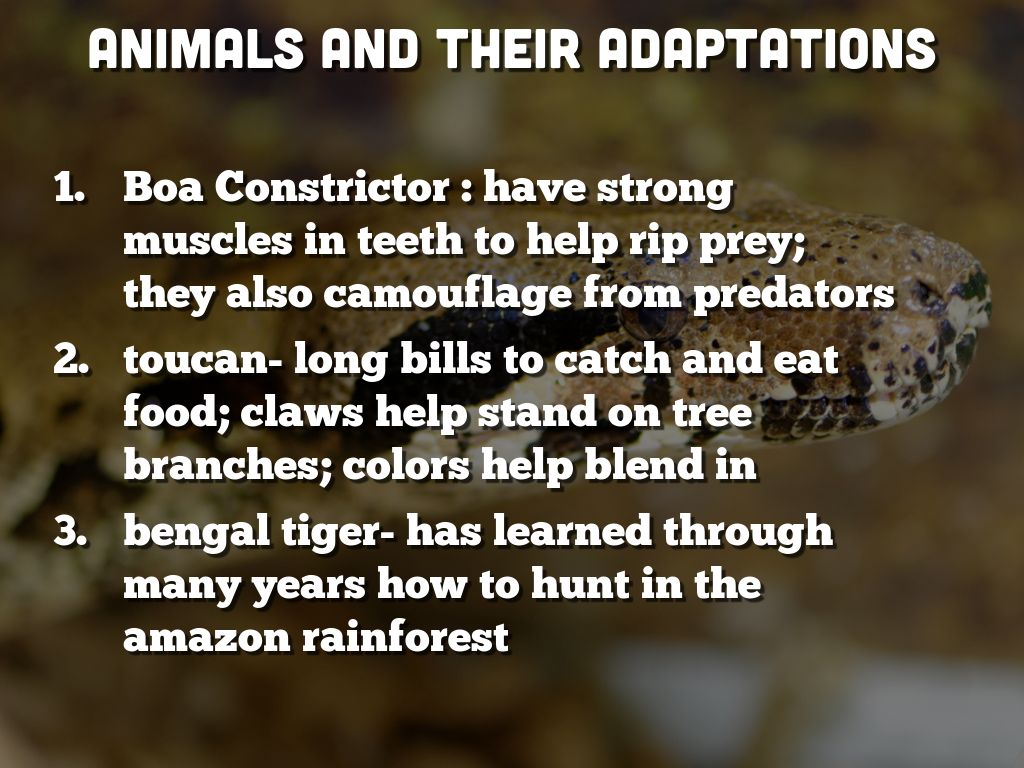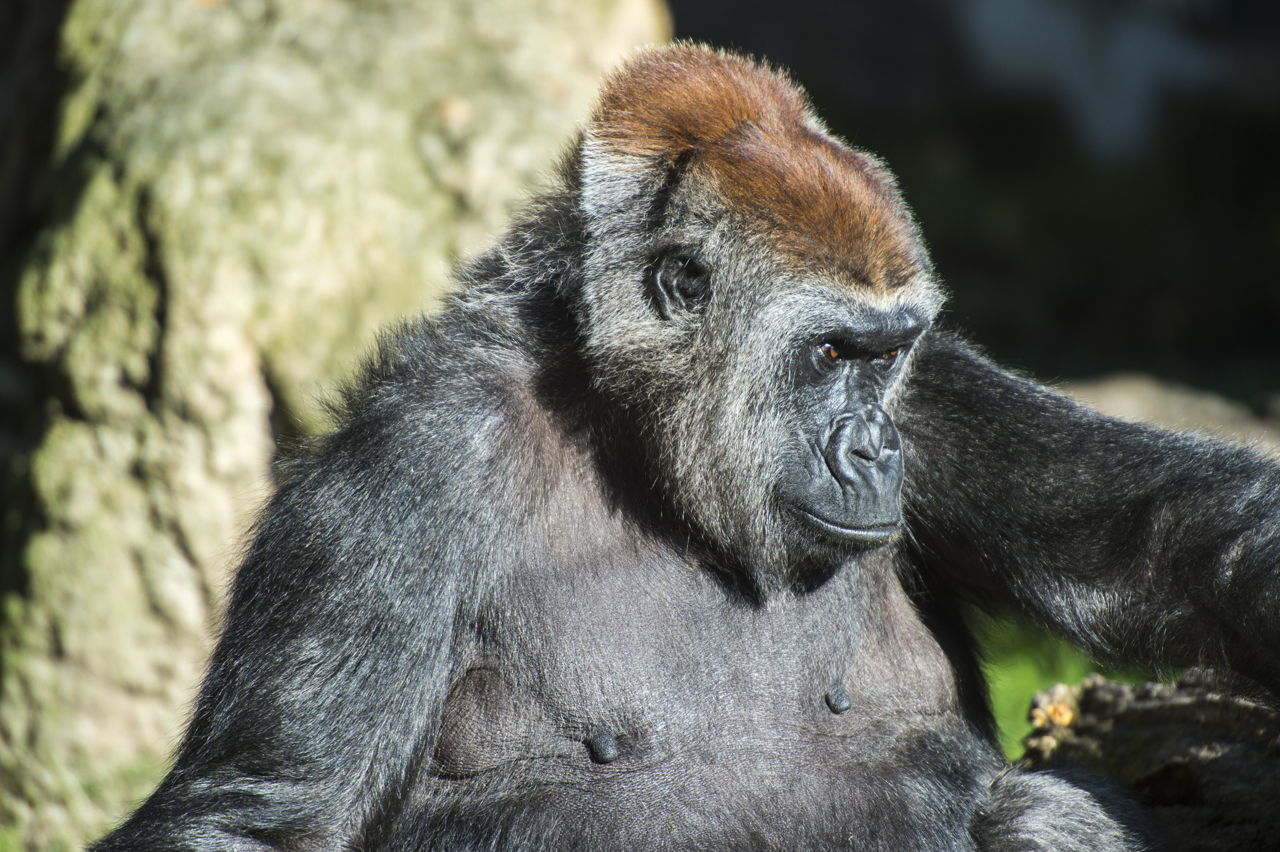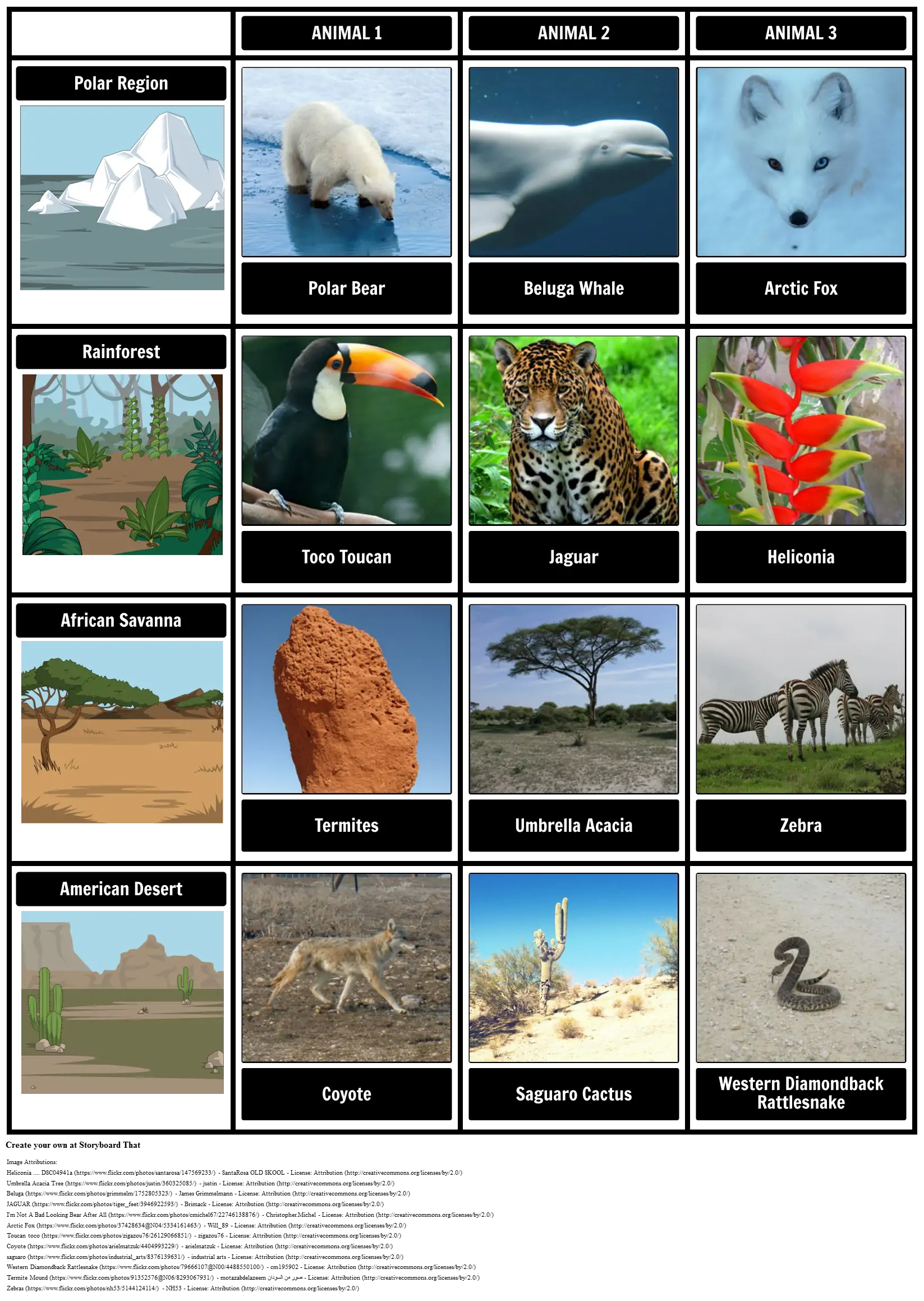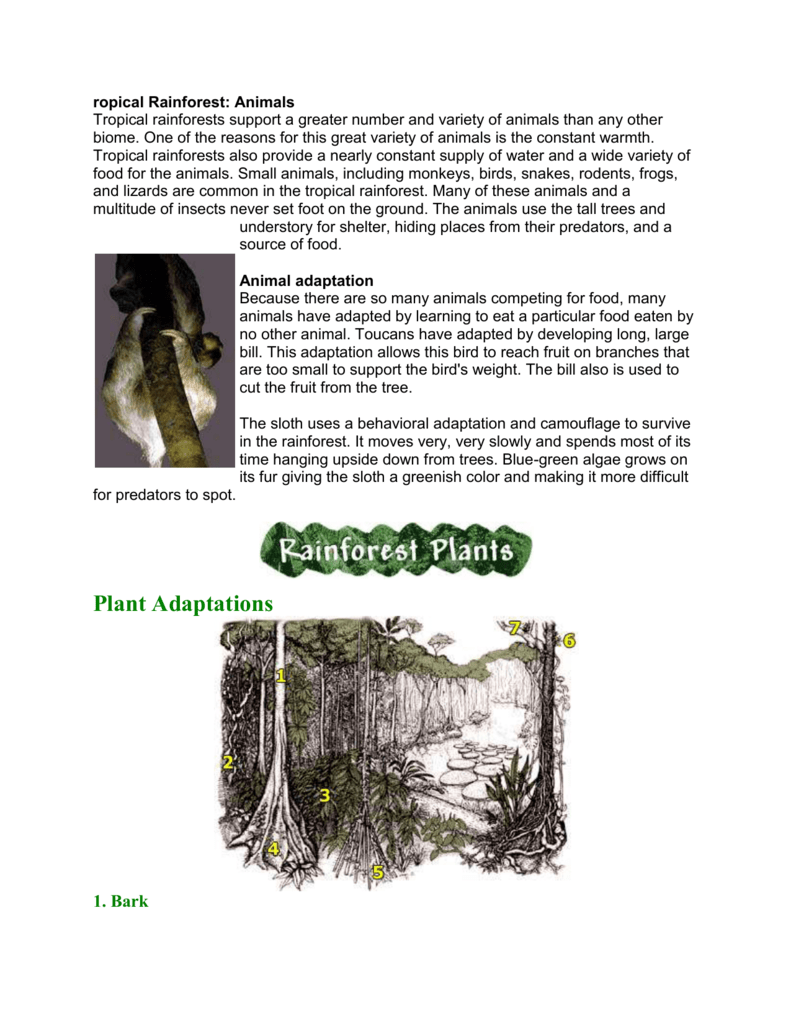Amazon Rainforest Animals Adaptations

Some rainforest animals have adapted to hunt during the night instead of the day.
Amazon rainforest animals adaptations. Tropical rainforests present challenging conditions to the animals that live there. It covers areas including. These are some of the most diverse and interesting Amazon rainforest animals.
Many animals in the tropical rainforests of the world have adapted to either a nighttime or a daytime mode of life in order to survive. Although three-toed sloths are both diurnal and nocturnal theyre largely inactive during the day. Amazing Adaptations focuses on how plants and animals have adapted to suit living in a rainforest environment.
Compare species found in the amazon rainforest etosha national park coral reefs and the galapagos island with animals in their everyday life. Check out my picks for the top 7 animals of Ecuadors Amazon rainforest. Black Caimans lay between 15 and 40 eggs but few will make it to adulthood due primarily to other animals stealing their eggs.
Many species of insects are also nocturnal so this gives insectivorous predators an opportunity to hunt. Two-toed sloths are nocturnal which enables them to avoid diurnal or active during the day predators by sleeping during the day. Including examples of eight animals that have adapted to life in rainforest conditionsWith this pack pupils are asked to gather information from the examples provided and use their knowledge to design their own animal perfectly suited to rainforest lifeHelp your children learn all about animals that live in the rainforest.
It is thought that in the Amazon rainforest there are. They also allow it to gather more nutrients. Empty reply does not make any sense for the end user.
Creative Commons Sharealike Reviews. Another adaptation developed by rainforest animals is nocturnality. One example is the nocturnal Amazon tree boa a strikingly.
